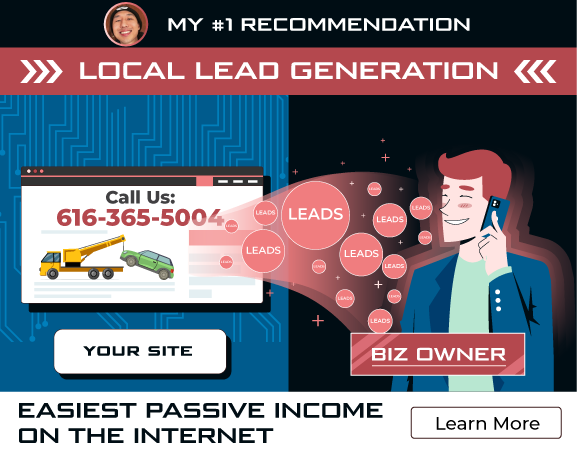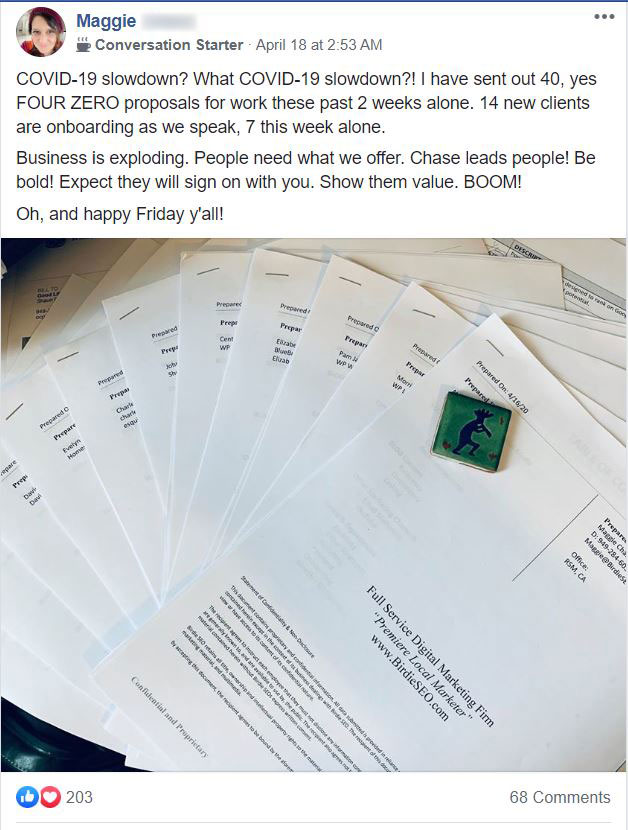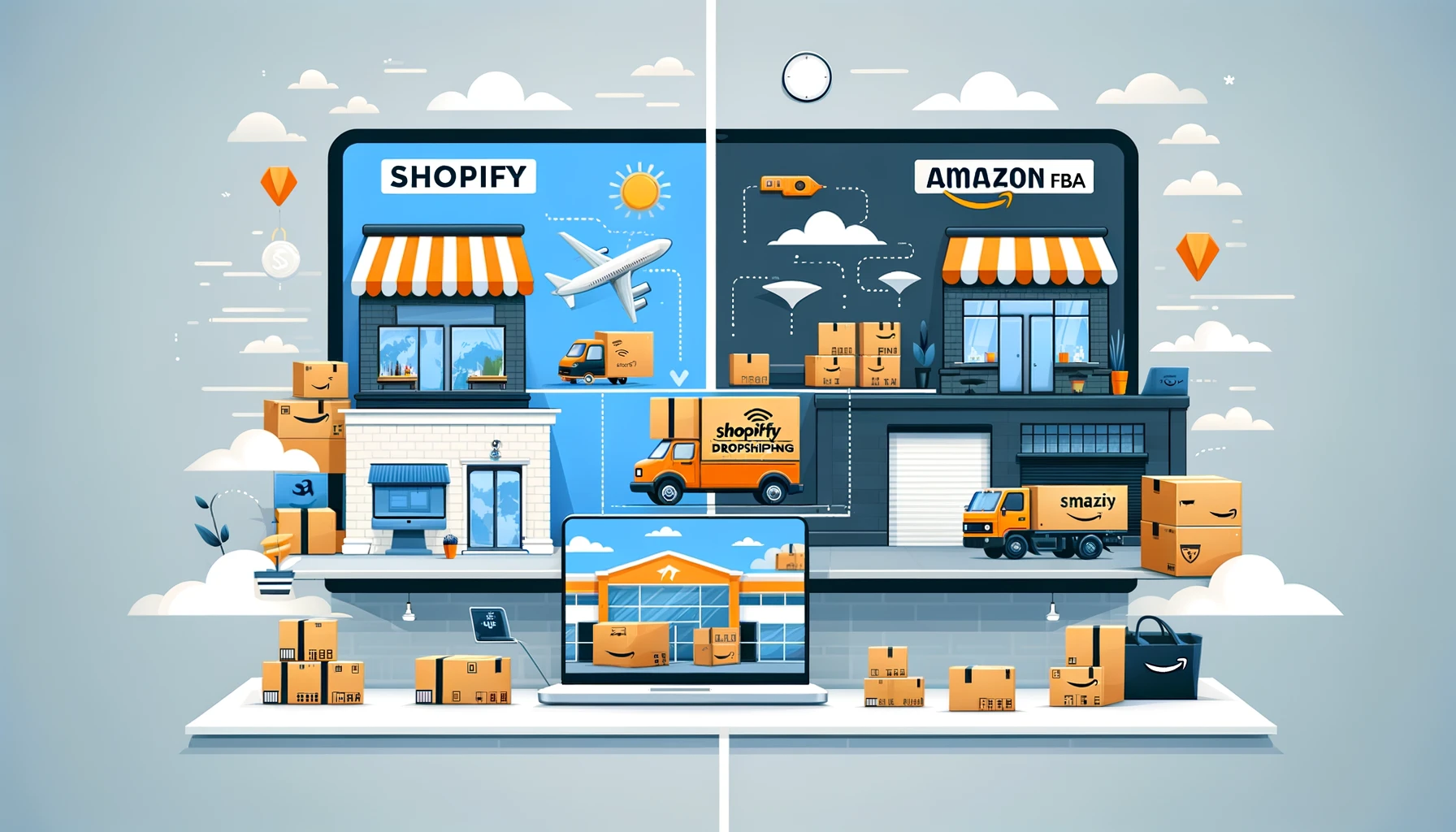
Shopify dropshipping is better than Amazon FBA for those who want to start an online store without any upfront costs. The business model also doesn't require inventory management, since shipping and order fulfillment for all customer purchases are handled by third-party suppliers.
Amazon FBA is better than Shopify dropshipping for those who want to sell their products on the Amazon Marketplace while outsourcing order fulfillment to Amazon. Sellers send their products to Amazon’s warehouses, which then handle packing and shipping, along with customer support and order returns.
According to a Yaguara report, Shopify has over 2.1 million daily active users while Amazon has more than 310 million active users worldwide. With their massive reach, both platforms offer opportunities for business owners to make money online. Interested entrepreneurs who want to explore Shopify dropshipping may check out courses such as Dropship Lifestyle by Anton Kraly and Launchers Academy by Jaiden Vu. Meanwhile, those who prefer Amazon FBA can look up Online Retail Mastery by Beau Crabill and FBA Masterclass by Tom Wang.
In this feature, we discuss the similarities and differences between Shopify dropshipping and Amazon FBA. We also look at the pros and cons of both business models. Towards the end, we tell you about another online business idea that generates passive income and is more profitable and scalable in the long run.
Shopify Dropshipping vs Amazon FBA: 11 Similarities and Differences
SHOPIFY DROPSHIPPING
AMAZON FBA
Store Set Up
Setting up a Shopify store will only take 30 mins to 1 hour. However, researching products and suppliers can take awhile.
No business license required to start selling on Shopify, unless you’re using the Shopify Payment gateway or are earning over $20,000 per month.
Amazon FBA (Fulfillment by Amazon) offers multiple business models, such as retail arbitrage and private label. Account approval takes up to 24 hours when you sign up under the retail arbitrage model. Meanwhile, launching a private label Amazon FBA business may take up to 6 months.
No business license is required to start.
Platform Pricing and Fees
Shopify Starter plan costs $5 per month while a Basic Shopify plan costs $19. Shopify also offers a free 3-day trial period.
When creating your website, you will need to spend on domain registration (around $12) and web hosting costs (around $3 per month).
Amazon has two seller plans namely Individual and Professional. For Individual, Amazon charges you $0.99 per item sold. Most FBA sellers go with Professional, which costs $39.99 per month.
Referral fees cost 8% to 20% for most items. Fulfillment fees are based on product type, size and weight while monthly inventory storage fee is based on product size.
Control Over Digital Experience
Shopify offers a variety of free and paid themes to create an attractive online store specific to your brand and niche. It’s fairly simple to set up and customize a Shopify store by using their page builder, similar to making a WordPress website.
Amazon allows FBA sellers to create product listings in order to sell on the Amazon Marketplace. Aside from adding your own copywriting and product images, you can’t customize the overall design of your product listing.
Furthermore, joining the Amazon Brand Registry also allows an FBA seller enhanced capabilities to showcase their brand. It allows sellers access to Amazon A+ Content and Amazon Storefront.
Initial Investment and Inventory
No need to invest on inventory to start with Shopify droshipping because you’ll only pay for products after customers place their orders. Your chosen third-party supplier manages inventory and order fulfillment on your behalf.
According to Seller Snap, Amazon FBA sellers invest $2,500 to $5,000 on average. This is because you will need to purchase products in bulk and ship them to an Amazon warehouse, which then handles the order fulfillment process for your business.
Product Sourcing
Shopify dropshippers usually source products from international third party suppliers, such as AliExpress, CJDropshipping, SaleHoo, Sprocket, and others.
Amazon FBA usually buy products straight from manufacturers. They purchase in bulk and then forward the products to Amazon’s fulfillment center.
Payment Options
In addition to Shopify Payment, the platform integrates with over 100 other payment gateway options globally.
Amazon uses Amazon Pay and accepts payments from most major debit and credit cards.
Average Earnings Per Month
Shopify stores generally earn $1,000 to $2,000 per month. Top earners make as much as $100,000 or more per month.
An Amazon seller can typically earn $1,000 in monthly sales, while top sellers can earn over $100,000 in monthly sales.
Timetable for Profitability
With Shopify dropshipping, you’ll have to test different products and fine-tune your marketing to find which is most profitable for your business. Dropshippers can expect to spend 6 to 12 months running their business before it makes a profit. Once you find a profitable product opportunity, expect a profit margin of 15% and 20%.
Most FBA sellers start making profits within 6 to 12 months. However, relying on 1 or 2 products can be risky. As such, experts recommend that sellers continue reinvesting money back into the business until they have 4 to 5 products that are generating stable revenue.
Scalability
Scaling a dropshipping store can be a challenge because of the nature of the business model. You rely on your suppliers’ pricing and can’t push down product costs by purchasing in bulk. However, it’s still very possible if you can find good suppliers and trending products to sell. Eventually, you may have to hire a team to handle customer support that will focus on higher-level operations needed for scaling.
profit.
With Amazon wholesale or private label, your business has minimal limits. As your business grows, you can push down product costs by buying in higher quantities. Furthermore, since Amazon handles order fulfillment and customer support, you can focus on other aspects of your FBA business and work more on scaling your operations.
Marketing
Dropshippers mainly use Google Ads and/or Facebook Ads. On average, dropshippers spend $0.94 per click or $12.07 per 1,000 impressions on Facebook Ads. Cost per lead is at around $5.83.
Webinopoly recommends having a starting budget of $2,000 to $3,000 to gain traction as you start and grow your Shopify dropshipping business.
Amazon FBA sellers advertise directly through the Amazon marketplace. According to JungleScout, Amazon PPC costs $0.05 to $10+, depending on the category of your product.
For Amazon private label sellers, it is recommended that they have at least $6,000 to $10,000 of startup capital available.
Success Rate
Dropshipping success rate is between 10% to 20%, according to Shopify.
Amazon FBA success rate is between 1% to 27%, according to TrueProfit.
Shopify Dropshipping Pros & Cons
Pros of Shopify Dropshipping
Affordable Shopify plans.
Starting your Shopify store only requires $5 for a Starter plan or $19 for a Basic plan. New users only pay $1 for the first month for Basic to Advanced plans. You can save further by up to 75% by paying yearly.
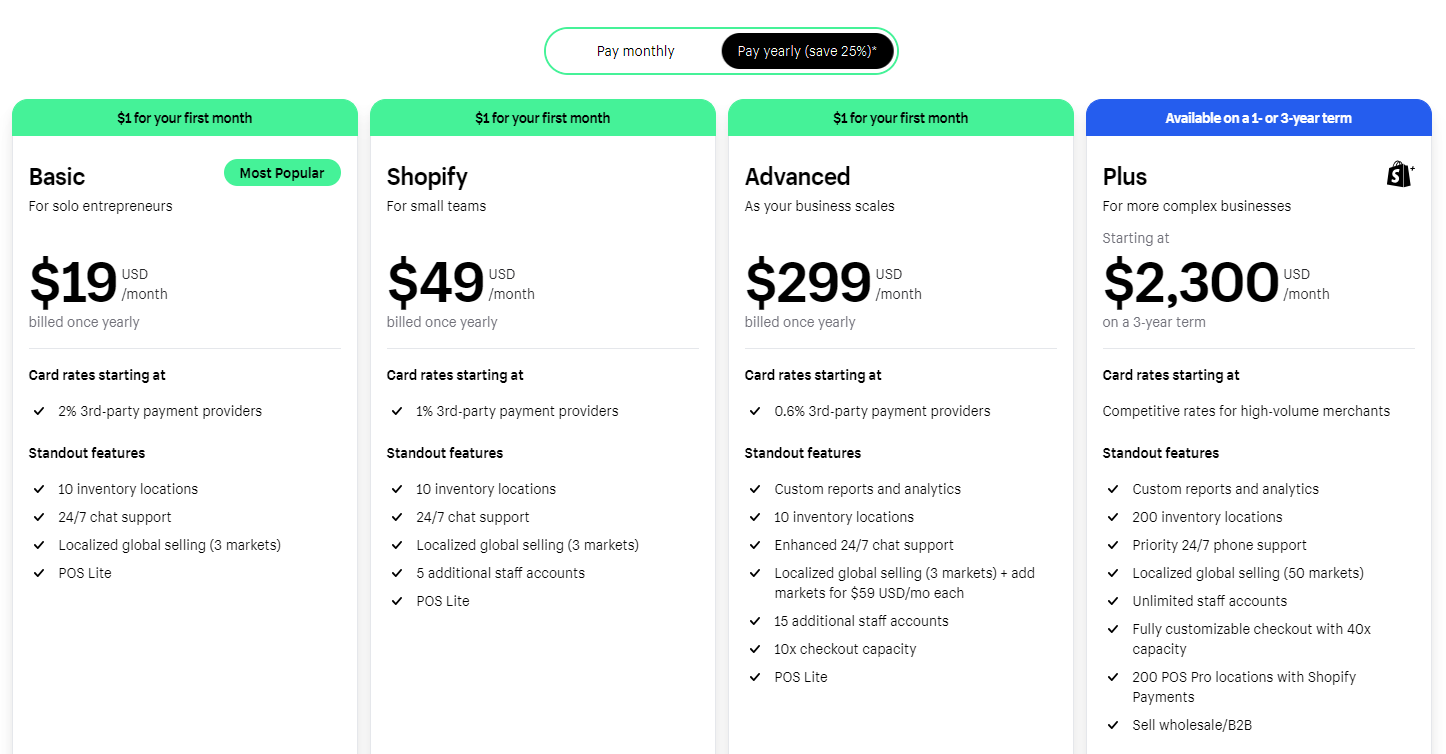
Shopify provides 24/7 support for sellers.
All paid Shopify users can access 24/7 tech support via email and live chat.
No inventory management requirements.
A main advantage of the dropshipping business model is that you don’t have to purchase stocks and manage any inventory. You pass customer orders to your third-party suppliers, which then handles the order fulfillment process.
You can test different products all the time.
With Shopify dropshipping, you enjoy the flexibility of testing multiple products without investing any money.
Finding a winning product can lead to huge profits.
You can boost your earnings as you find trending products in unsaturated niches.
Cons of Shopify Dropshipping
Low profit margins.
Dropshippers earn only around 10% to 20% profit from every sale. This can lead to small monthly profits, unless you manage to find and sell a trending product.
Marketing expenses and other fees.
As a Shopify dropshipper, you are constantly spending on social media marketing to reach potential buyers. You will also need to shoulder transaction fees for PayPal or bank transfer payments, which can cut into your earnings.
The business model is easy to duplicate.
Ecommerce expert Austin Rabin has a YouTube video called “How To Start Dropshipping By Copying Successful Brands” where he shares how easy it was to duplicate Jaxxon, a brand selling jewelry online. “It's good to take brands for inspiration and put your own spin and twist on it,” he says. This means anyone can easily copy what you’re doing, so it won’t take long until
your winning product becomes a trend and everyone starts selling them.
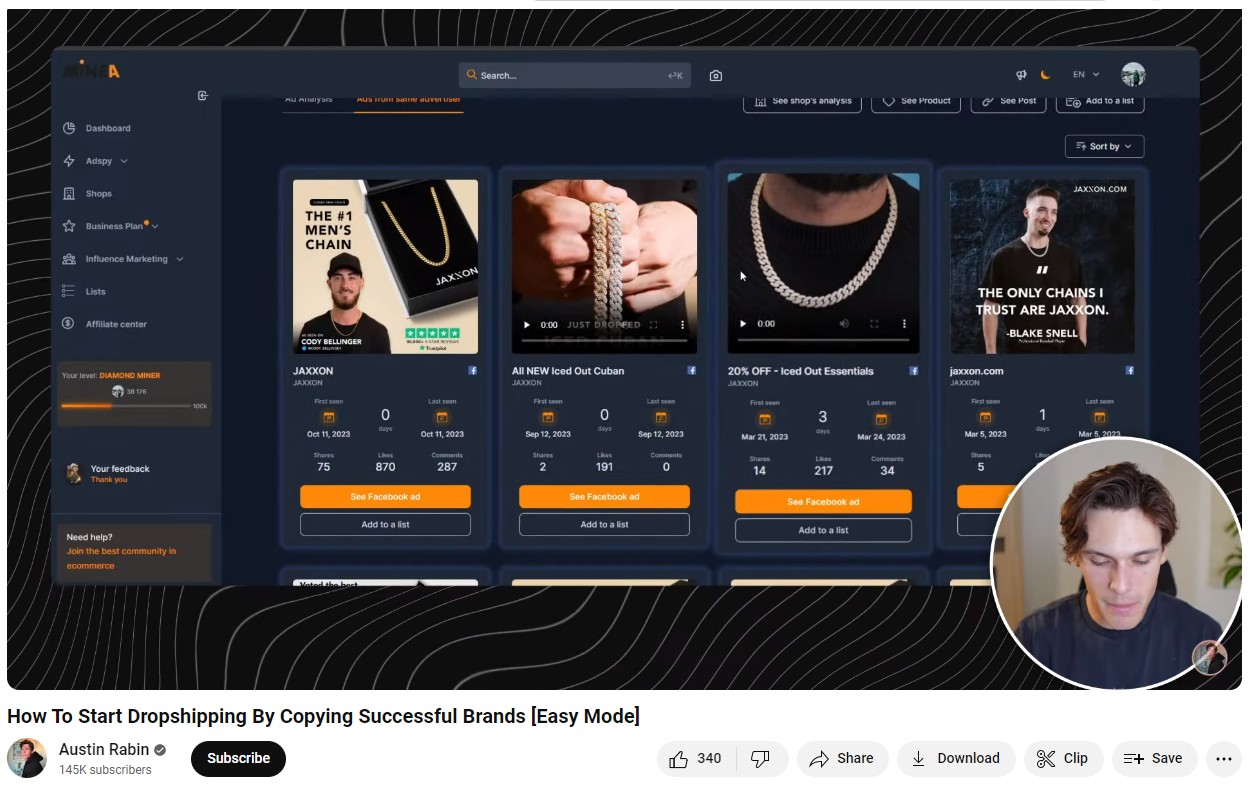
Supply chain problems and shipping delays.
Another common issue among Shopify drop shippers is the lack of control in terms of supply chain and shipping turnover. For example, working with a supplier based in China can lead to such problems, which can then result in negative customer reviews and loss of potential sales.
The market is competitive.
With over 4.4 million live sellers in 175 countries, competition can be fierce on the Shopify platform. The low barrier to entry often means the number of sellers will continue to increase each year. You really have to do constant research and jump into trends to stay ahead of your competitors.
Dropshippers heavily rely on Shopify.
As a user of the ecommerce platform, you are directly subject to Shopify’s cost changes, outages, and updates.
Amazon FBA Pros & Cons
Pros of Amazon FBA
Faster and cheaper delivery.
Amazon shoppers love the platform for fast and affordable shipping. Moreover, some FBA products are even available for free shipping. Compared with Shopify dropshipping, this can lead to a better customer satisfaction experience and increased sales for your business.
Customer service support.
Amazon provides a strong support system for FBA sellers. They handle important aspects of customer service, including managing requests for returns and refunds.
Amazon FBA sellers can win the Buy Box.
Aside from your product listings, Amazon FBA business owners can also win the Amazon Buy Box - the box section on the right side of the product page with the "Add to Cart" and "Buy Now" buttons. This can significantly boost your sales because 90% of Amazon purchases are “made from the Buy Box,” according to Gitnux.
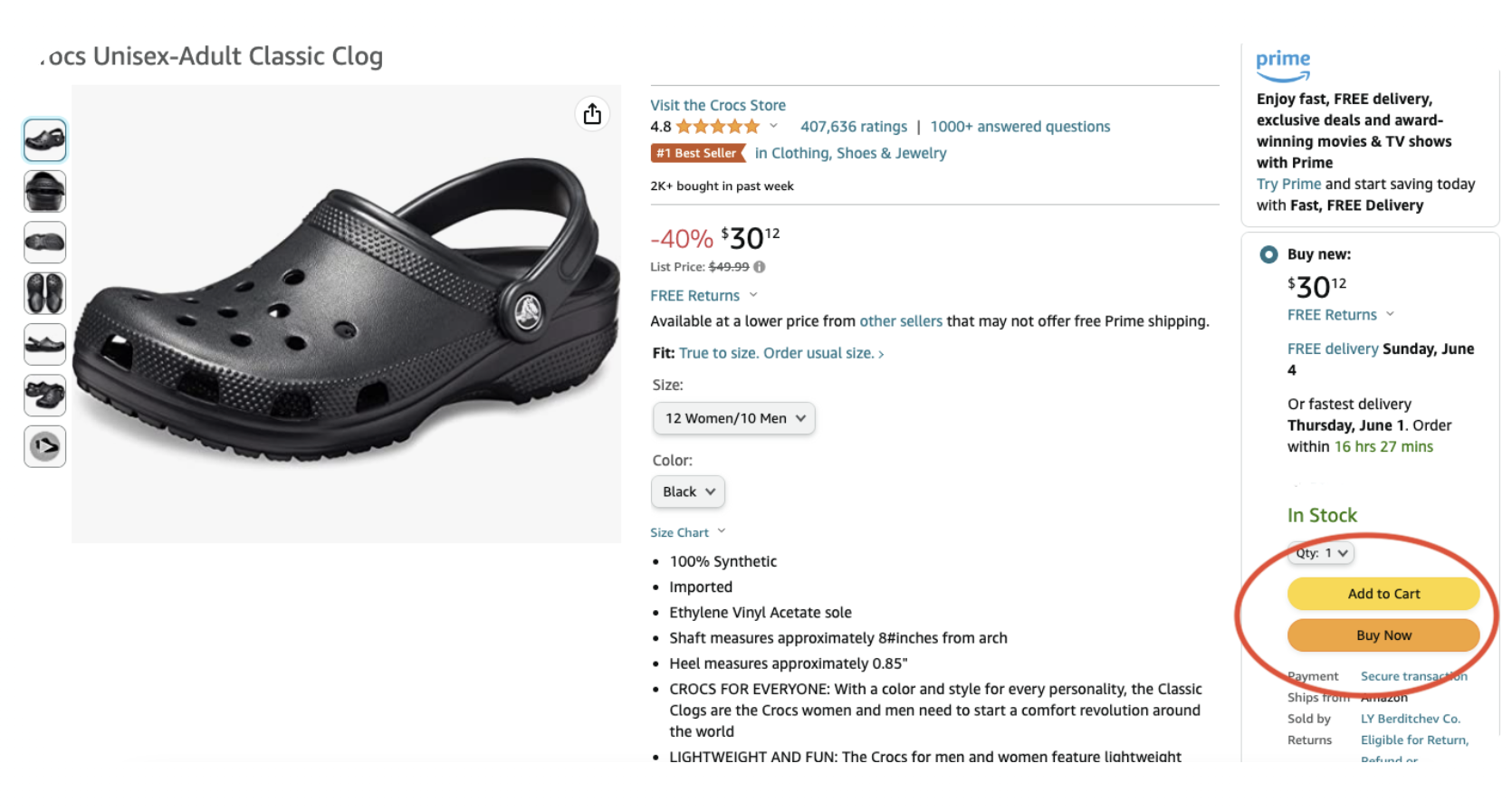
You get access to Amazon Prime members.
According to Yaguara, experts anticipate that Amazon Prime membership will reach 171.8 million in 2024 and up to 176.2 million by 2025. Meanwhile, Statista adds that most Prime members “spend an average of $1,400” per year, compared with $600 spending of non-Prime members.
Cons of Amazon FBA
FBA referral fees and storage fees.
Since Amazon handles order fulfillment for FBA sellers, you’ll have to pay them certain fees. Referral fees usually cost 8% to 20% per product for each transaction. Meanwhile storage costs can set you back $0.56 to $2.40 per cubic foot each month, depending on the space your inventory occupies.
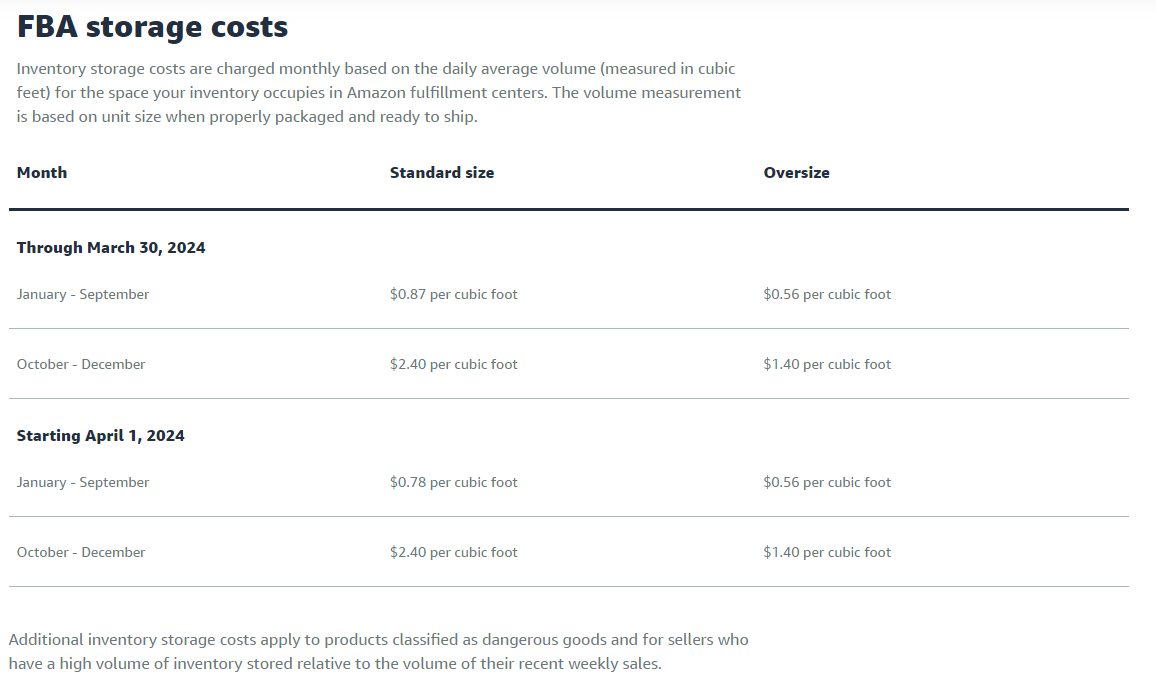
Amazon can suspend your seller account anytime.
An EntreSource survey indicates that 22% of Amazon sellers have experienced having their accounts suspended at least once. Meanwhile, Riverbend Consulting co-founder Lesley Hensell writes in a Forbes article that the platform’s priority “is not, never has been and never will be sellers or brands.” “Every seller and brand is replaceable,” adds Lesley. “Buyers are paramount, and their complaints rule the day.”
It can be hard to correct mistakes committed by Amazon.
On Quora, user Bluntsnd40s shares that mislabeling and misallocating can happen and if it does, “there is almost no way to resolve it quickly.” According to the Redditor, they ended up “losing 2 months worth of sales on 3 of my top SKUs” because of the experience.
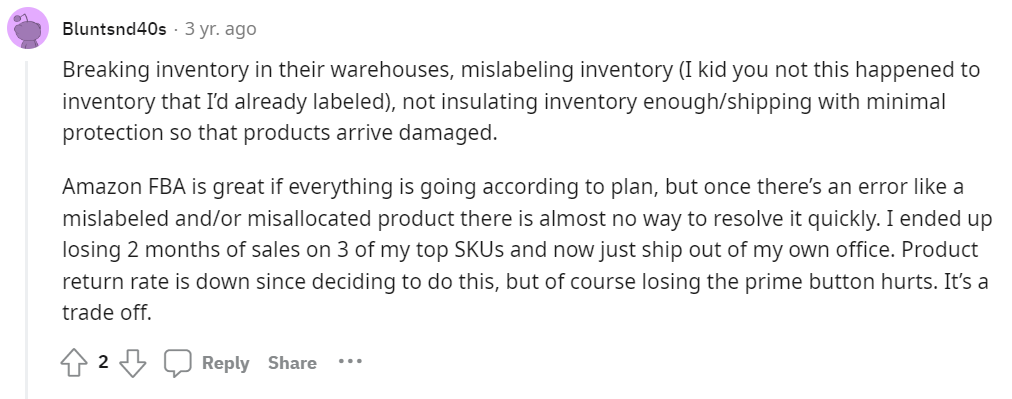
Amazon’s return policy is not seller-friendly.
Amazon has a no-questions-asked, 30-day return policy for most products and this can be a hassle for sellers to deal with. According to AwesomeDynamic, Amazon has a return rate of 5% to 14%, depending on the category. Meanwhile, apparel, electronics, and jewelry have a high return rate of up to 40%.
Is Shopify Dropshipping Profitable?
Yes, Shopify dropshipping can be profitable for online entrepreneurs looking for a low-risk business model. Shopify stores usually earn $1,000 to $2,000 per month. Take note, however, that competition can be a real challenge and affect your potential earnings.
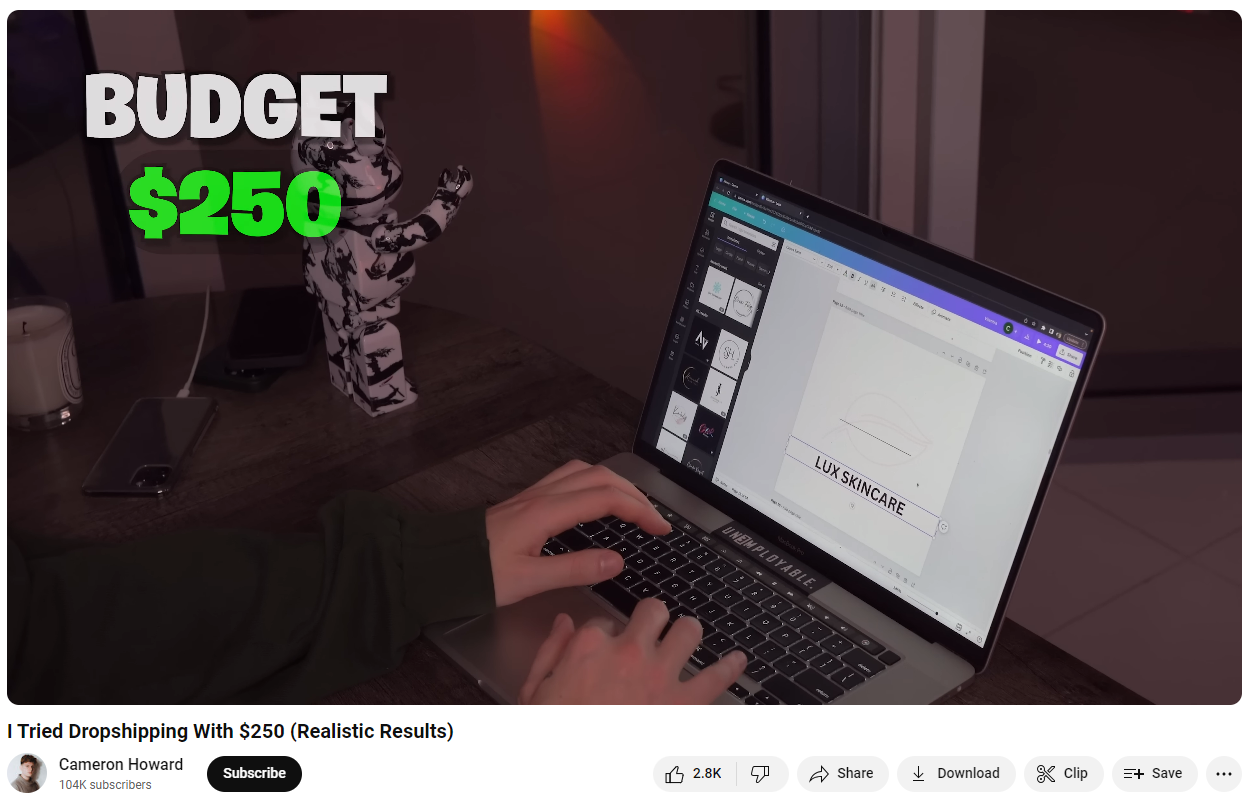
On YouTube, ecommerce expert Cameron Howard did a challenge where he set a $250 budget limit and built a dropshipping business from scratch to see how much he will earn in 5 days. After doing research on TikTok, Cameron eventually found a $14.91 skin care water filter in AliExpress and later sold it on his new website for $59.99. Within the set timeframe, he was able to generate $479 of sales from selling 8 units. He also spent a total of $225 in paid ads and made a total profit of $126.
“I know this isn't too much money but it goes to show you that anyone can come in as a beginner and start a profitable online business without too much experience as long as they know what they're doing,” Cameron sums up.
Is Amazon FBA Profitable?
Yes, Amazon FBA can be profitable for business owners aiming to build their brand and sell online. According to JungleScout, new Amazon sellers earn an average profit of almost $30,000 per year. However, it requires a huge startup cost before one can launch an Amazon FBA store.

YouTuber and 7-figure Amazon seller Travis Marziani shares a video where interviews Taylor - a former nurse who decided to start an Amazon FBA business. After using Helium 10 software for research, Taylor began selling his own cat tracking collars. In 3 months time, he was able to generate a revenue of $19,080.33 and a total profit of $1,891.17. Sales are on an upward trend but he admits he also made mistakes along the way. For example, launching his products with 3 color variations was not a good idea as an Amazon FBA newbie.
“I had to order a lot of products off the bat,” reflects Taylor. “My minimum order quantities were so high that I ended up having so much inventory that I was paying to have Amazon store that inventory for me.” Travis adds it’s best to “start out with something simple and test the market” because having 3 different variants is like “having 3 different businesses" on Amazon FBA.
Why Local Lead Generation is a Better Idea Than Shopify Dropshipping and Amazon FBA
As with all business, Shopify dropshipping and Amazon FBA both have their advantages and disadvantages. If you’re just getting into online business and have a low budget, Shopify dropshipping may be good for you. Amazon FBA might be a better option if you have more capital to risk, so you can work with a manufacturer to create and sell your products.
However, you have to keep in mind that in both business models, you are heavily reliant on the Shopify and Amazon platforms. You have to comply with their regulations and pay the required fees, as needed. They may also suspend your account if you violate rules.
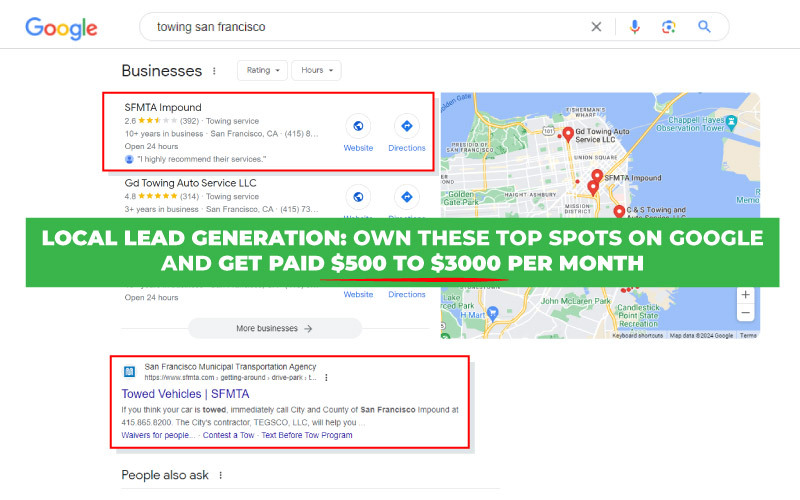
In many ways, local lead generation is a better business model. You are not a middleman selling a supplier’s product on Shopify and neither do you need to spend big bucks to start on Amazon FBA. With lead gen, you only need a minimal investment as you build a business website, rank it on major search engines, and then offer it for rent to business owners. You are not dealing with numerous customer inquiries per day but are only working directly with local entrepreneurs. As you provide them leads for their businesses, they will happily pay you for your services each month.
I’ve done both Shopify dropshipping and Amazon FBA in the past but in all honesty, lead generation is just way more profitable. Case in point, I make $2,000 per month from a tree care website that just took me 15 hours to build and rank. Also, I only spent $500 as overhead costs for that. Since I own multiple sites now, I earn up to $52,000 per month providing lead gen services to several local businesses.

